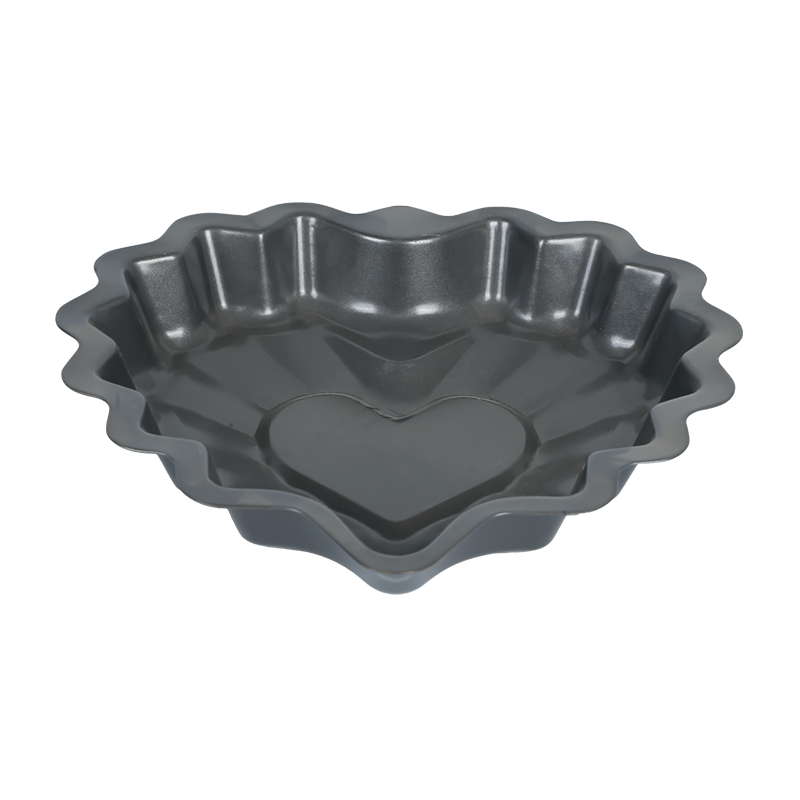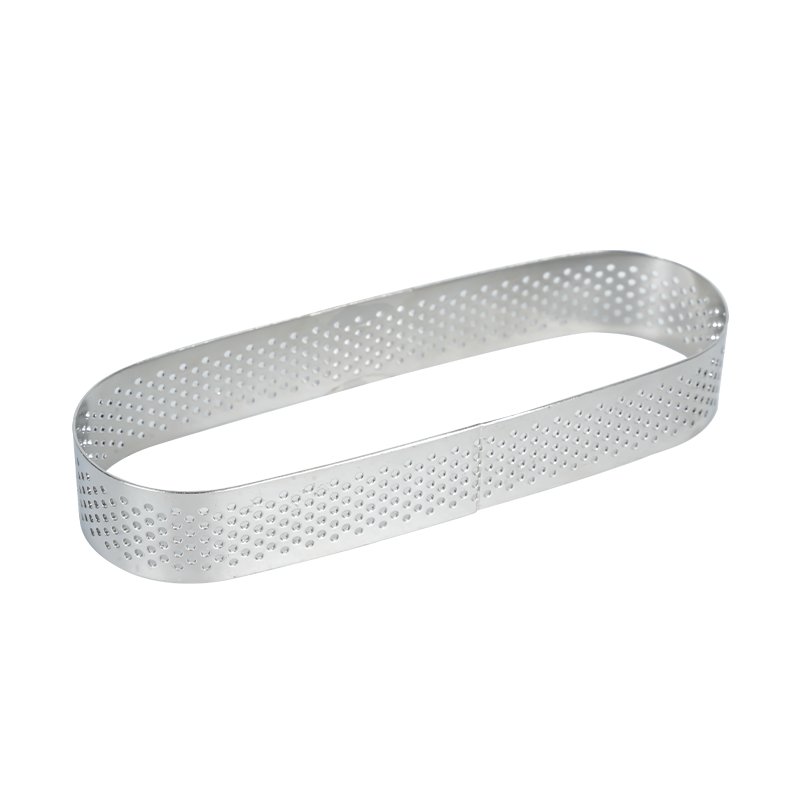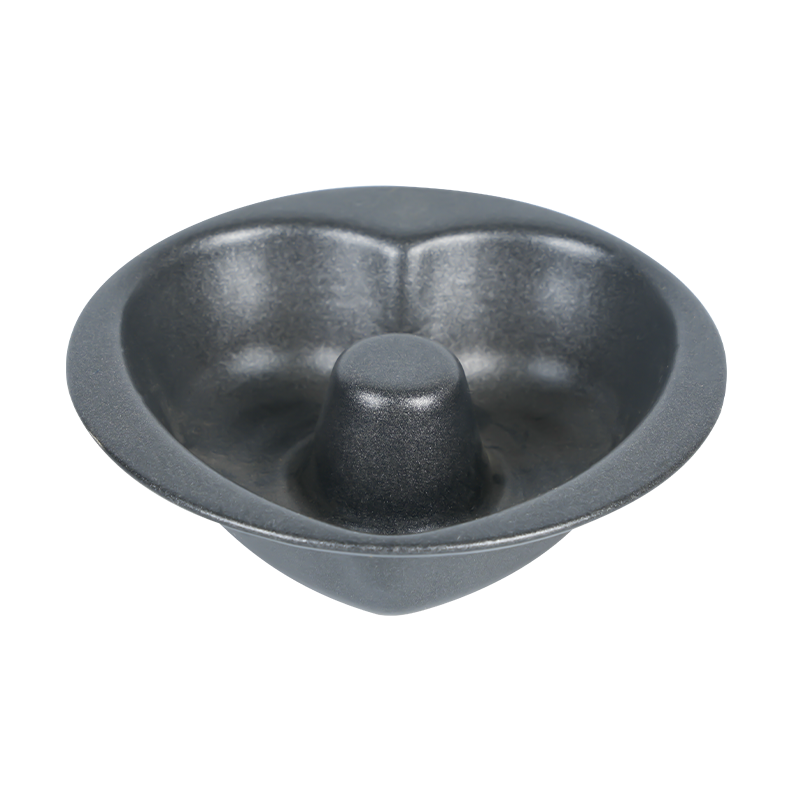The company relies on a high degree of brand awareness, fine product quality, convergence of multiple strong advertising media power, and through the integration of capital, knowledge, talent technology, channels, information operations.
The topic of durability often arises, especially when discussing a Cooking Pan non-stick and whether its coating can withstand prolonged wear without peeling or degrading. Consumers want assurance that their investment not only prevents sticking but also maintains its structural integrity over time. This concern has fueled innovation among manufacturers and encouraged the development of advanced coating technologies. As such, assessing the abrasion resistance and coating longevity of a Cooking Pan Non Stick becomes essential for both home cooks and professional chefs. Buyers examining the long-term performance of a Cooking Pan Non Stick seek insight into coating technologies, user practices, and maintenance routines that determine real-world endurance.

High-Quality Materials and Multi-Layer Coatings
Non-stick durability begins with the quality of materials used in manufacturing. Guiding cookware brands employ multi-layer coatings engineered to be more resilient than traditional single-layer designs. These layers typically include a primer for adhesion, a reinforced non-stick layer, and an outer protective surface. The inclusion of mineral, titanium, or diamond particles in modern coatings significantly enhances scratch resistance and improves thermal stability. Likewise, using heavy-gauge aluminum or stainless steel bases ensures that the core does not deform under heat stress, protecting the coating from uneven expansion and potential cracking. Better raw materials and engineered coatings offer good abrasion resistance, making high-quality pans more reliable in the long run.
Performance Under Daily Use
Durability is obvious in everyday kitchen scenarios. Stir-frying vegetables, simmering sauces, or searing fish all demand a coating that resists friction and heat. Under controlled conditions, non-stick cookware demonstrates good abrasion resistance, allowing food to glide smoothly across the surface without scratching or tearing the coating. Laboratory wear tests show that advanced non-stick technology can endure thousands of stirring cycles. However, repeated exposure to metal utensils, overheating, or abrasive scouring pads accelerates coating wear. Even the advanced coatings can deteriorate under improper handling. Still, with recommended usage practices, premium non-stick pans can last several years while maintaining their slick, easy-release properties.
Importance of Proper Use and Care
User behavior significantly affects how well a non-stick coating holds up over time. Recommended practices include using wooden, silicone, or plastic utensils to avoid scratching, as well as cooking on medium or low heat. High heat may degrade coating polymers and cause micro-cracks that gradually compromise the surface. Cleaning with soft sponges and mild detergents protects the coating’s integrity, whereas steel wool or harsh scrubbers can strip the non-stick layer prematurely. Some pans are dishwasher-safe, but hand-washing remains ideal for maintaining coating performance. By following proper care routines, users decrease wear and preserve coating integrity for longer periods.
Heat Resistance and Structural Stability
Another key factor in coating durability is its ability to function under varying temperature conditions. Non-stick coatings are generally heat-resistant up to a certain threshold. Premium pans incorporate high-temperature-resistant layers that prevent blistering and flaking at typical stovetop temperatures. Additionally, the base material’s stability plays a role; warp-resistant construction maintains even contact with stovetops, preventing thermal stress that might damage the coating. As long as the cookware is not subjected to extreme overheating or empty-pan preheating, it retains its structure and performance for extended use.
Signs of Wear and When to Replace
Even durable non-stick cookware has a natural lifespan. Visible scratches, peeling areas, or reduced non-stick effectiveness signal that replacement may be necessary. Continued use of damaged coatings can compromise cooking quality and safety. Recognizing wear early allows users to maintain an effective kitchen setup and avoid food sticking or uneven heating.

 English
English русский
русский Español
Español



